15 Ways You Can Help Your Pet Overcome Separation Anxiety
Does your pet start whining, pacing, or acting out when you leave the house? Separation anxiety can be harsh on both pets and owners, leading to stress, destructive behavior, and endless guilt when you walk out the door.
By creating a safe environment, building a routine, and offering engaging distractions, you can ease their anxiety and give them the confidence to stay home alone without worry.
Provide a Comforting Space
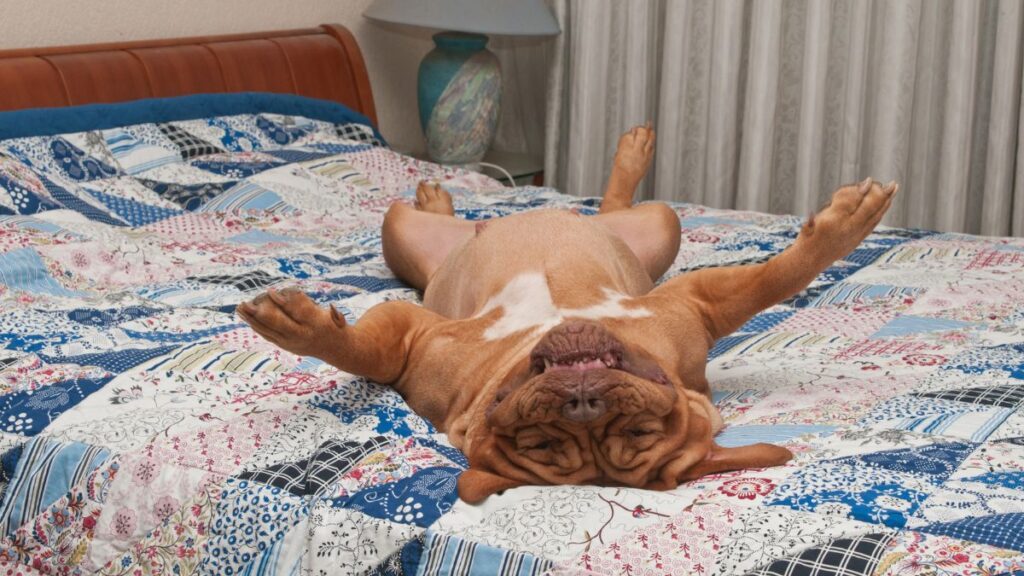
Create a cozy, secure area in your home where your pet can relax when you’re away. Fill it with their favorite blanket, a comfy bed, and toys to make it feel safe and familiar.
This space will be their retreat, helping them feel protected and at ease when you’re gone. The more they associate it with positive experiences, the more relaxed they’ll feel.
Give Plenty of Exercise Before Leaving
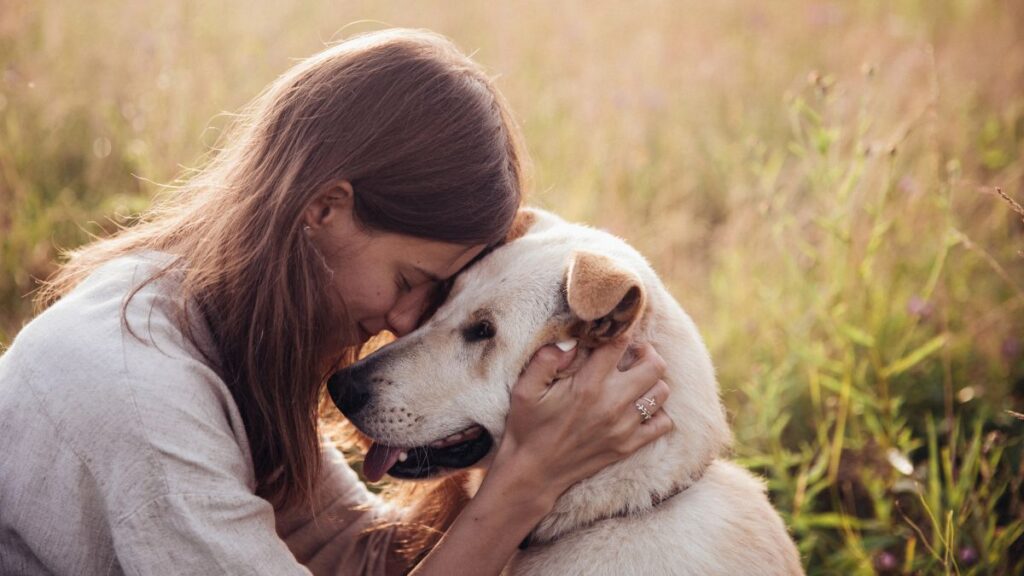
A tired pet is less likely to feel anxious when left alone. Before you leave, take your dog for a long walk or play a high-energy game with your cat.
Burning off extra energy helps release stress and makes it easier for them to settle down when you’re not there. A well-exercised pet is more likely to nap instead of worrying about when you’ll be back.
Practice Gradual Departures

If your pet gets upset as soon as you leave, start by leaving for just a few minutes at a time. Slowly increase the duration of your absences so they learn that you always return.
This gradual approach helps build their confidence and reduces the fear of being left alone. Eventually, they’ll see your departure as a regular part of their day.
Use Puzzle Toys and Treat Dispensers
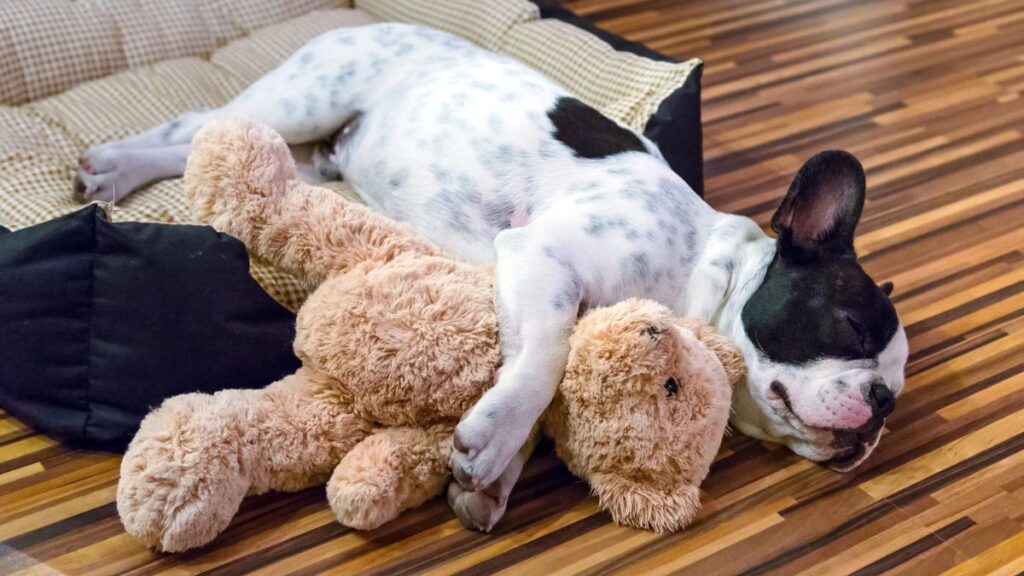
Keeping your pet mentally engaged while you’re away can distract them from their anxiety. Puzzle feeders, treat-dispensing toys, or frozen peanut butter in a Kong can keep their minds busy.
These interactive activities give them something enjoyable to focus on rather than stressing about your absence. A busy pet is a happy pet.
Try Calming Scents and Sounds

Soft background noise, like calming music or white noise, can help ease your pet’s anxiety. Some playlists are explicitly designed to relax dogs and cats while their owners are away.
To create a calming atmosphere, you can also use pheromone diffusers or sprays that mimic comforting scents. These little touches can make a big difference in helping your pet feel at ease.
Leave an Item with Your Scent

Pets find comfort in familiar scents, especially yours. When you’re away, leave behind a recently worn shirt, a blanket, or a pillow that smells like you to reassure them.
Your scent can help reduce their stress and provide a sense of security. It’s a simple but effective way to help them feel connected to you even when you’re not home.
Break the Association with Departure Cues
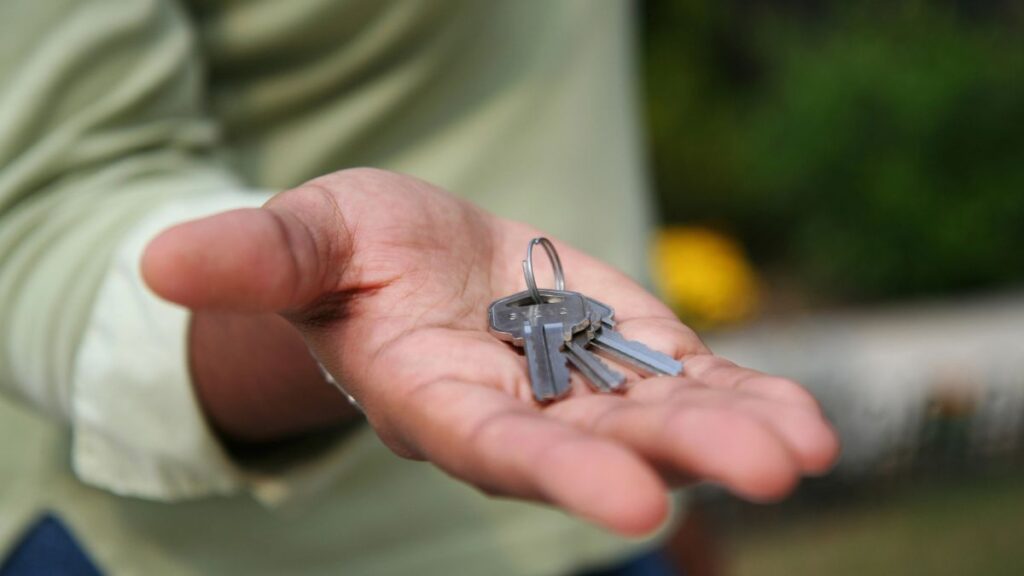
If your pet gets anxious when it sees you grab your keys or put on your shoes, desensitize it to these cues. Pick up your keys or put on your coat without leaving the house several times throughout the day.
Over time, this will help reduce their anticipation and anxiety. When these cues stop, meaning “you’re leaving,” your pet won’t react as strongly to them.
Keep Departures and Arrivals Low-Key
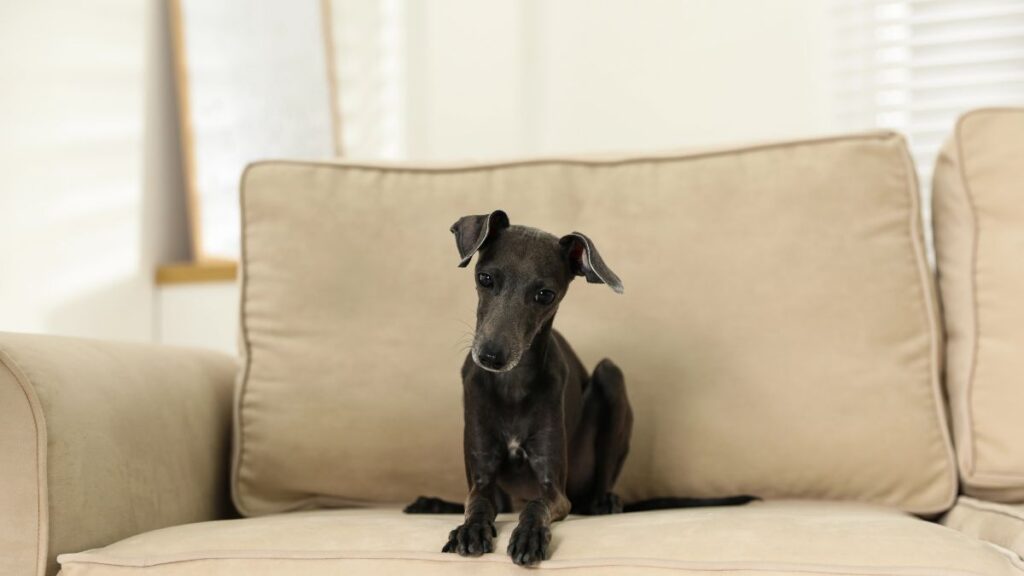
As tempting as it is to shower your pet with love before you leave or when you return, it’s better to keep things calm.
Avoid emotional goodbyes or overly excited reunions. Instead, leave quietly and greet them calmly when you come home. This helps teach them that your coming and going is just a normal part of the day.
Use a Pet Camera for Check-Ins

Pet cameras with two-way audio let you see what your pet is up to while you’re away. Many models allow you to talk to your pet, play soothing sounds, or even dispense treats remotely.
This can help ease separation anxiety and reassure you and your furry friend. Just be mindful not to overuse it, as constant check-ins can sometimes reinforce their need for your presence.
Train Them to Be Comfortable Alone
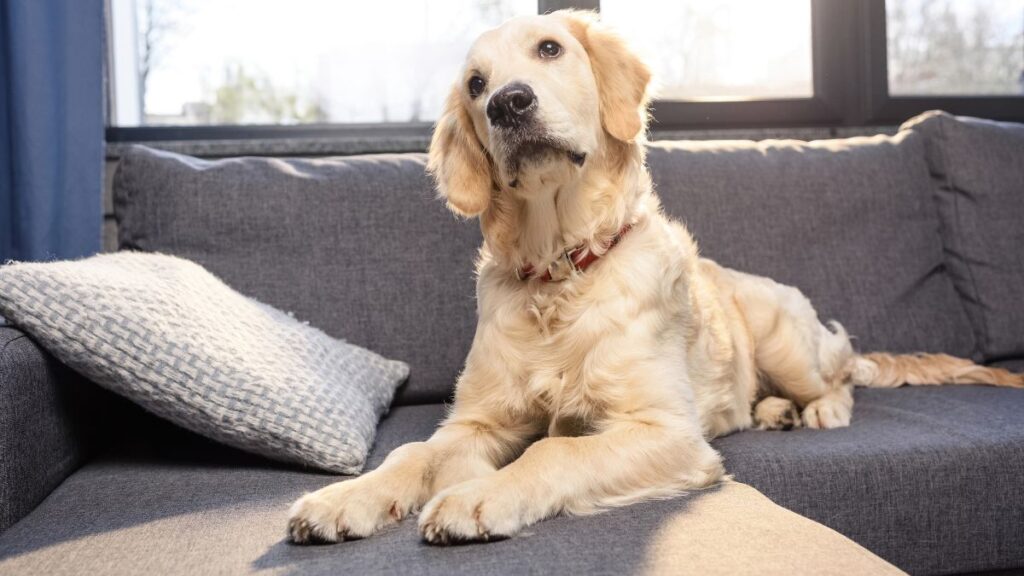
Help your pet feel more comfortable with alone time, even when you’re home. Encourage them to relax in a separate room while you do your routine.
Gradually increasing their alone time will help them learn that being apart is safe and regular. This training builds independence and confidence over time.
Try Anxiety-Reducing Products
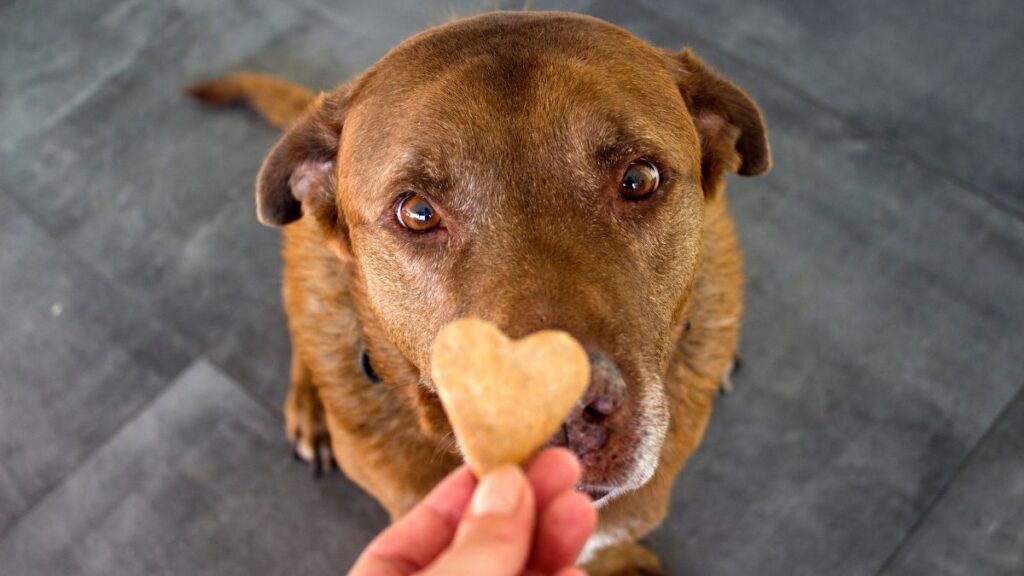
Various calming products are designed to help pets with anxiety, such as weighted anxiety wraps, pheromone diffusers, and natural calming chews.
Some pets benefit from supplements or CBD treats but always check with your vet before introducing new products. Finding the right calming tool for your pet can make a big difference in easing stress.
Hire a Pet Sitter or Dog Walker
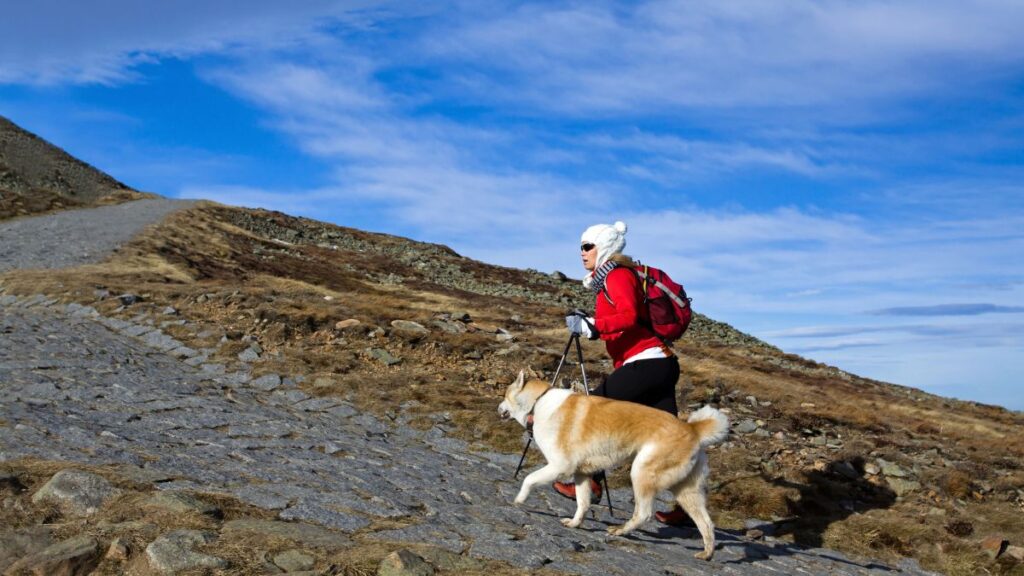
If your pet struggles with long absences, having someone stop by during the day can provide reassurance.
A pet sitter or dog walker can break up their time alone, giving them extra companionship and exercise. Even a short visit can help prevent boredom and anxiety. Having another trusted human in their routine can make a world of difference.
Stick to a Consistent Routine
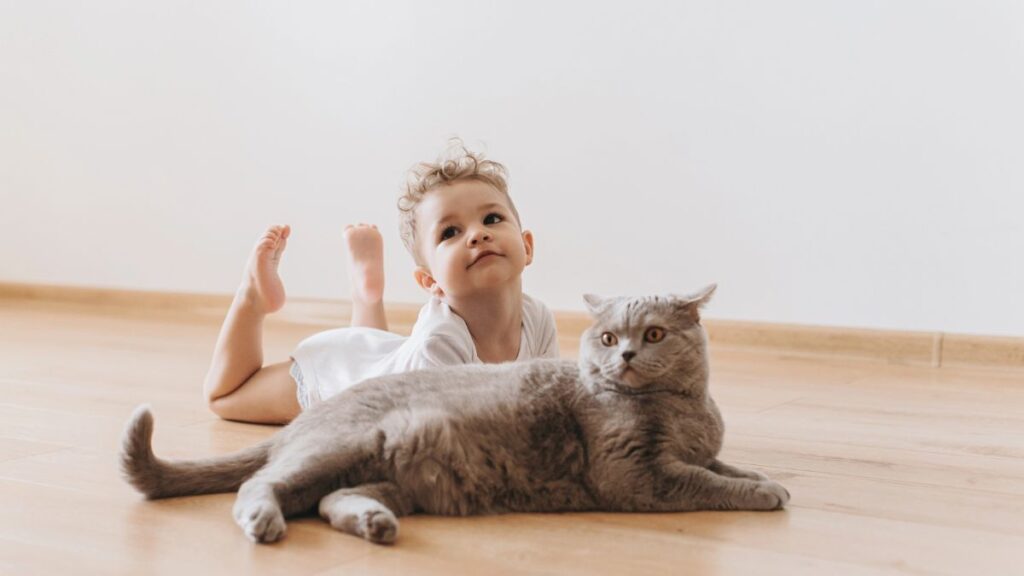
Pets thrive on routine, so try to leave and return simultaneously each day. Consistent feeding, exercise, and playtime help your pet feel more secure.
Predictability reduces anxiety and helps them understand what to expect, making your departures less stressful. The more structured their day is, the less they’ll worry about when you’re coming back.
Seek Professional Help if Needed

If your pet’s anxiety is severe, consult a veterinarian or animal behaviorist for guidance. They can help identify specific triggers and suggest tailored solutions, including behavior modification training or medication.
Sometimes, professional support is the best way to find long-term relief for your pet’s stress. Your furry friend’s well-being is worth the extra effort.







